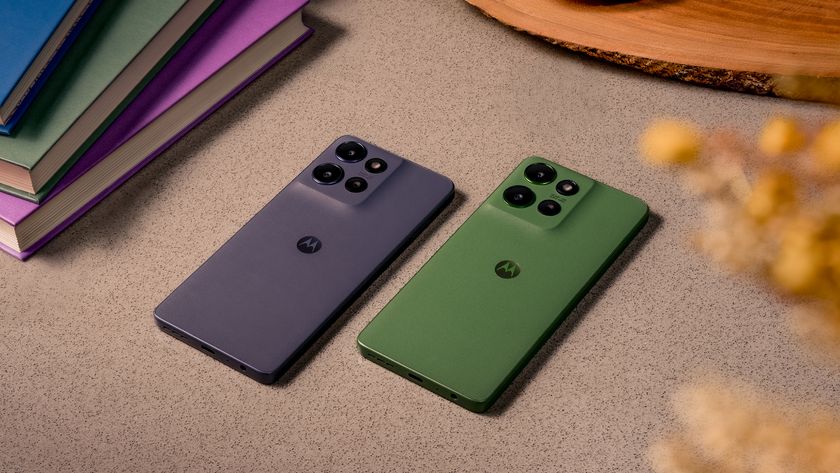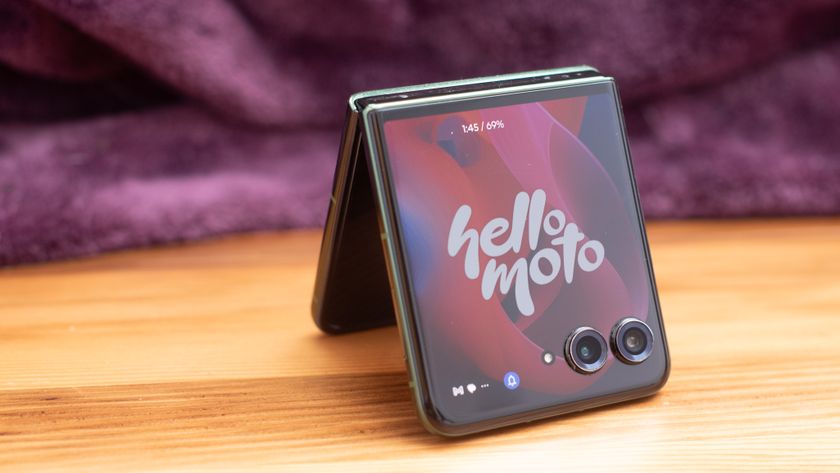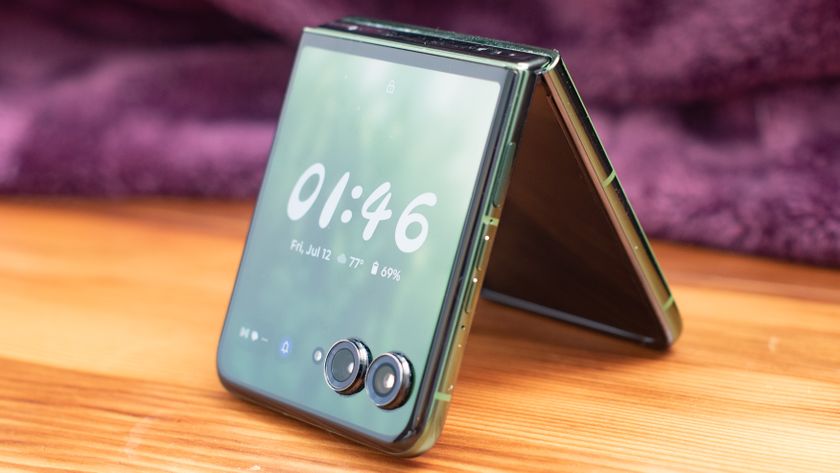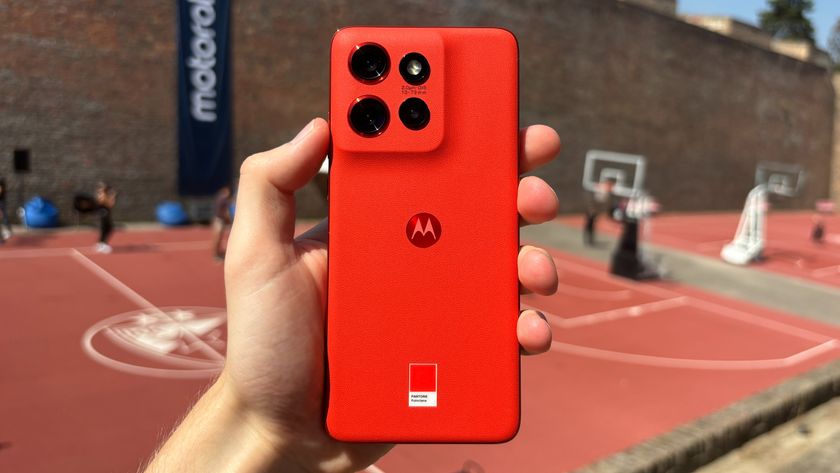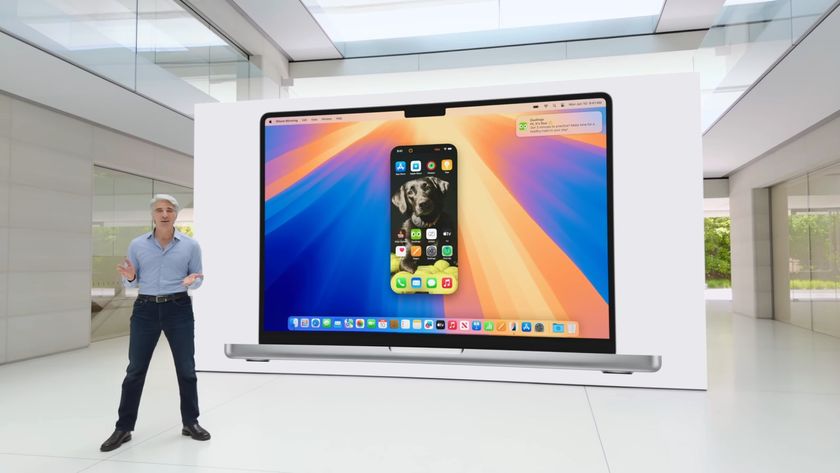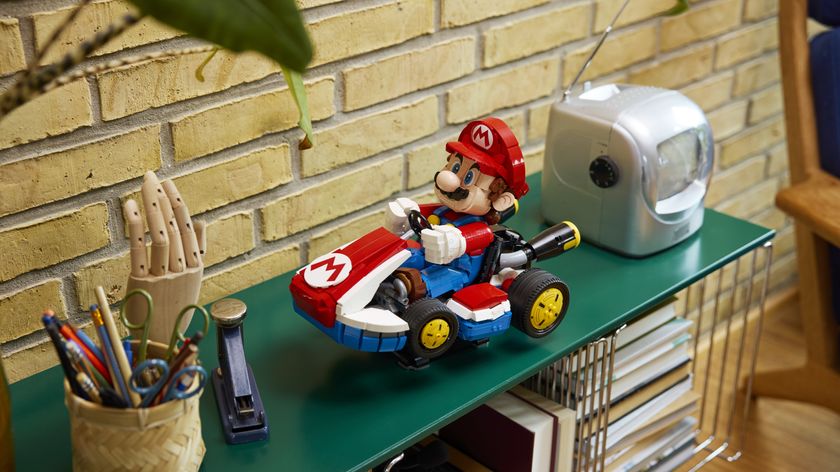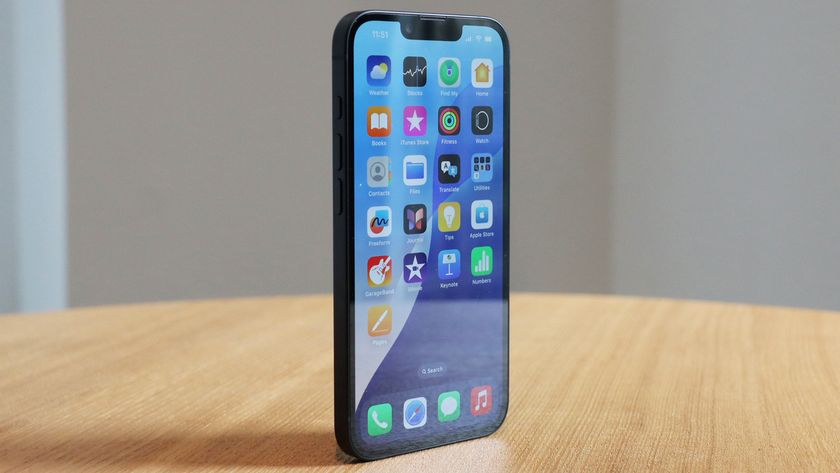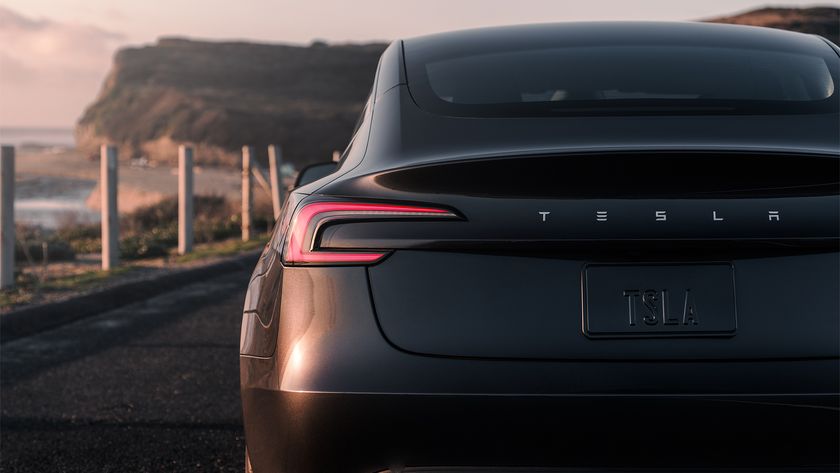Leaked Motorola Razr V4 information details the secondary screen
Suggesting full functionality is limited to the main one
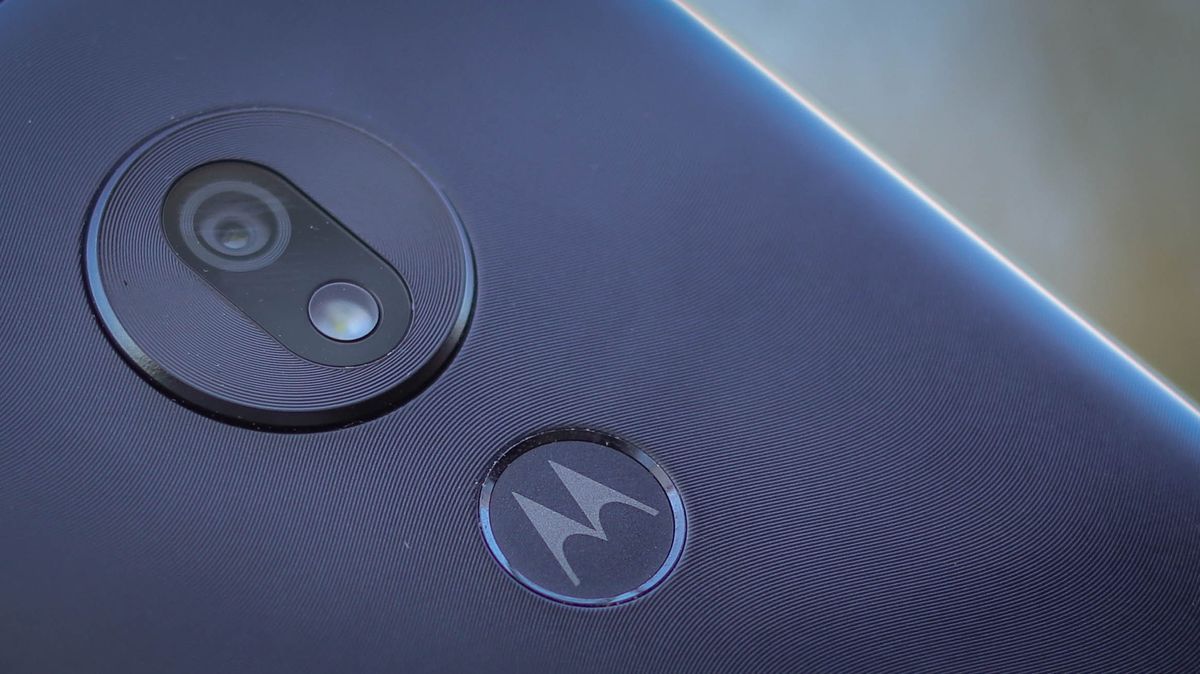
The Motorola Razr V4 could join the ranks of foldable phones this year, but there’s still a lot that we don’t know about it. However, we do now have a better idea of how the phone’s secondary screen might be used.
By ‘secondary screen’ we mean the small screen that is likely to be visible when the main display is closed, and which will be on the back when the main screen is open, as you can see in patent images showing a clamshell design.
According to a source speaking to XDA Developers, that secondary screen could be used as a trackpad to scroll through web pages and the like when you’re viewing them on the main display.
- The Samsung Galaxy Fold is a high-profile rival
- 2019 could be the year of both foldables and 5G phones
- Don't care about folds? Check out the Samsung Galaxy S10
The source also says that up to six quick settings tiles could be displayed on this secondary screen, though it’s currently unknown whether these will be customizable and whether you’ll be able to scroll to see more.
Additionally, users will apparently be able to choose to display Google Assistant on this screen, or, if they’d rather have more security, they can instead be prompted to “flip open to unlock” when trying to use Assistant.
The secondary screen might also be able to display a different wallpaper to the main screen, and could be used to control media, as well as potentially displaying a clock and pulsing notifications.
Small and secondary
In other words then it sounds like this secondary screen won’t have the full functionality of the main display, so if you want to use the Motorola Razr V4 – or whatever it launches as – properly, you’ll always have to flip it open.
Get daily insight, inspiration and deals in your inbox
Sign up for breaking news, reviews, opinion, top tech deals, and more.
The little external screen seems simply to be for shortcuts, notifications, and other minor things.
This of course is all just rumor for now, but Motorola has all but confirmed that it’s working on a foldable phone of some kind. What’s not at all clear right now is when it will launch. Most rumors pointed to a February announcement, but we’re in March now with no sign of it.
- There are lots of foldable phones in the works
James is a freelance phones, tablets and wearables writer and sub-editor at TechRadar. He has a love for everything ‘smart’, from watches to lights, and can often be found arguing with AI assistants or drowning in the latest apps. James also contributes to 3G.co.uk, 4G.co.uk and 5G.co.uk and has written for T3, Digital Camera World, Clarity Media and others, with work on the web, in print and on TV.
